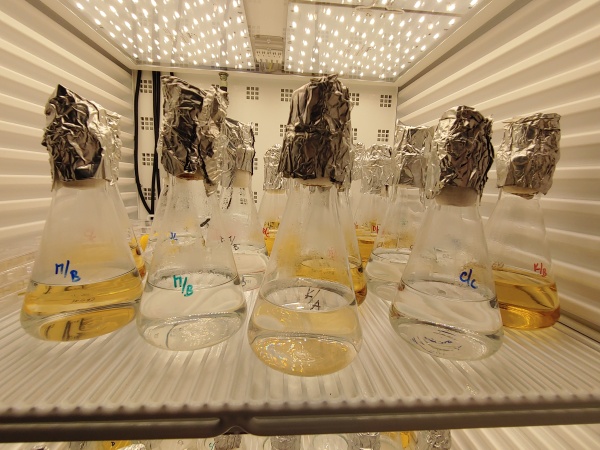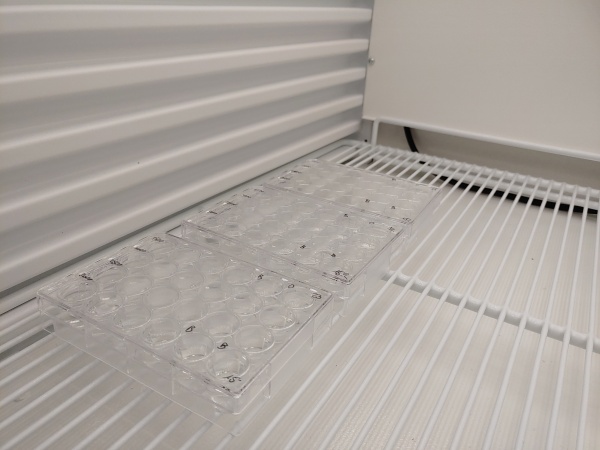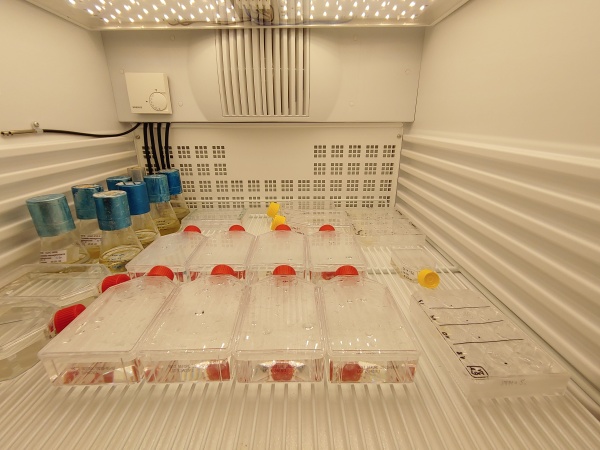Results of the algae research
Results
Algae research aspects
Research aspect 1
We compared how closely related diatom strains react to the environmental pollutants heavy metals (Zn and Cu). We hypothesised that the collection site of the strains would provide better information about tolerance to environmental pollutants than taxonomic affiliation. Accordingly, we examined a total of about a dozen algal strains of the genus Nitzschia from the CCAC algal collection, 5 strains collected in a sewage treatment plant (polluted water) and 7 strains collected in relatively unpolluted surface water. It was found that the strains from sewage treatment plants had significantly higher tolerance limits to Zn and Cu than those from unpolluted surface water. Furthermore, the taxonomic examination of the strains revealed that all strains from sewage water belong to the species Nitzschia palea, while those from unpolluted surface water belong to 4 other Nitzschia species. Thus, we could not yet sufficiently confirm the hypothesis, which is why we are trying to isolate new N. palea strains from unpolluted water. In the last few months, cooperation meetings have taken place in order to clarify the causes of the observed tolerance. The investigations were carried out in cooperation with the working group of Professor Bernd Sures.
Research aspect 2
Secondly, we wanted to investigate how the two drugs diclofenac and carbamazepine affect Chrysophyta algae in environmentally relevant concentrations. Our hypothesis was that the two substances could possibly be degraded and used as a carbon source. To test the hypothesis we treated 3 phototrophic chrysophyta algae with the substances both individually and as a mix of the 2 substances. We found no differences in growth or photosynthetic capacity of the treated algae compared to those without the drug addition, and the drugs were not degraded. So far, we have studied a heterotrophic strain of algae, which grew better with the addition of both substances than the untreated algae. This result is a bit unexpected because the individual substances did not cause any change or deterioration in growth. Further experiments with heterotrophic algae will be conducted to confirm/replicate this observation. Currently, cooperation talks are taking place in order to be able to clarify the causes of the observed reaction. The work is being carried out in cooperation with the working group of Professor Torsten Schmidt.
The experiments of algae research

Kölbchenexperiment

Plattenexperiment


